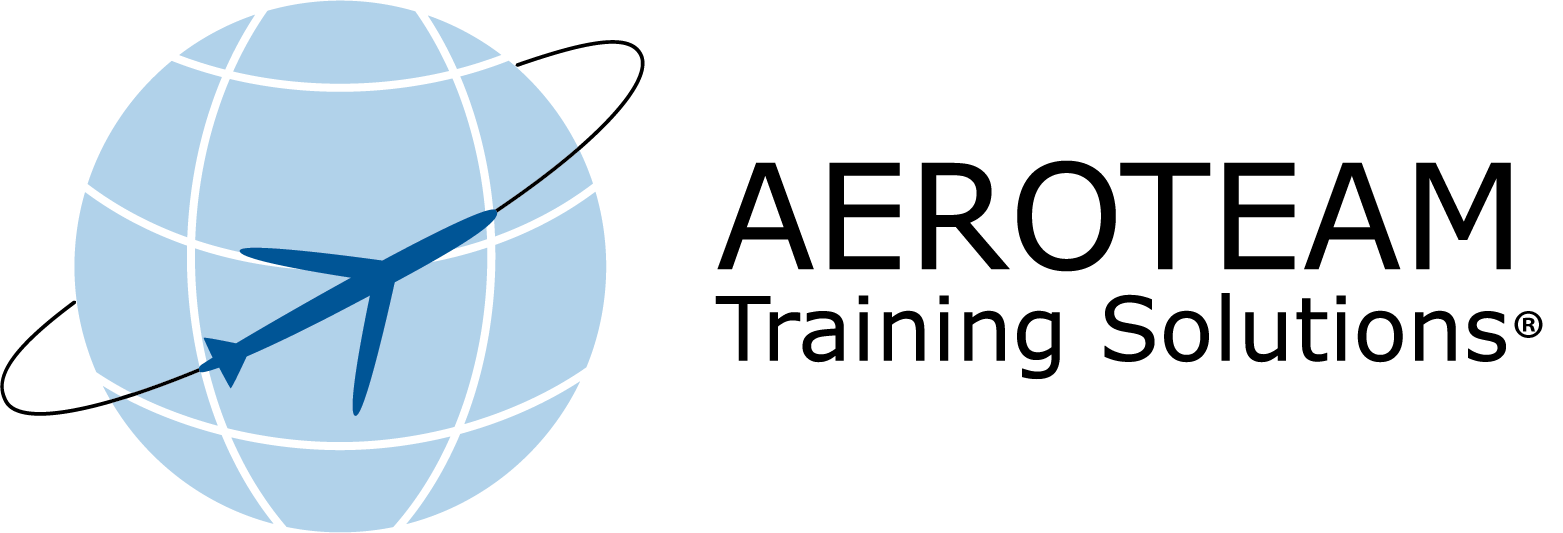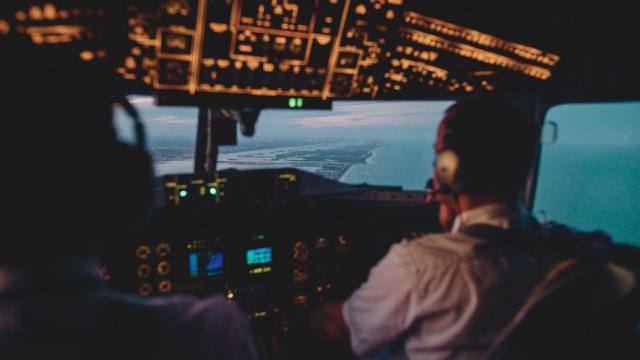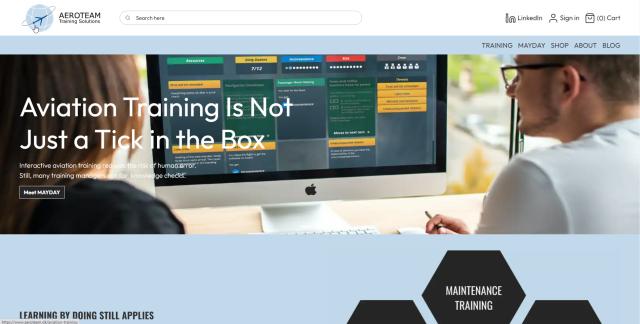
A Price on Safety? The Return of Investment of Aviation Training
The demand for competent pilots, flight attendants, and aircraft engineers is more evident than ever. That requires substantial investments in good training programmes. The question is how much that investment generates in safety?
Effective training programmes can have a significant impact when it comes to enhancing safety and reducing costs.
Boeing, the leading global aerospace corporation, has conducted extensive research on training, specifically pilot training. According to their Pilot and Technician Outlook, organisations that invest in pilot training generate substantial benefits.
In this article, we dive into the Return of Investment (ROI) of aviation training. Spoiler alert: cost savings are not the only benefit!
What Can You Buy for One Dollar?
Every dollar an organisation invests in pilot training inspires safer operations and enhanced operational efficiency, resulting in fewer fatal and non-fatal accidents.
In other words, investments in training contribute to more cost-effective and, most importantly, safe operations.
And safety is key! Safety drives the reputation of every organisation in aviation. A good safety record builds trust with passengers and investors who are more inclined to choose you in favour of your competitors.
In aviation, accidents can potentially devastate the reputation and operation of an airline.
Have You Met Captain Charlotte?
Charlotte is an experienced pilot at Alpha Bravo Airways. She began her career as a cabin crew member but has been flying as a captain for years. She knows the SOPs in her sleep, and she can navigate the skies blindfolded. On a routine flight from Stockholm to Miami, she and her co-pilot Anthon encounter severe turbulence due to an approaching storm.

Storms can cause turbulence in the air, and the pilots must be able to handle these situations using their technical and non-technical skills acquired during training.
Without proper training, Charlotte and Anthon might struggle to maintain control, make panicked decisions, and consequently put the safety and well-being of the passengers and their colleagues in the cabin at risk. Luckily, both pilots have received extensive technical training, and they recently completed their recurrent training in Crew Resource Management. This enables them to act calmly, adjust to the conditions, and communicate clearly with each other, the cabin crew, and air traffic control.
The little story about Charlotte and Anthon not only serves an entertaining purpose. In the story, aviation training served as the critical link between theoretical knowledge and practical skills. Training enables pilots like Captain Charlotte to adapt to challenges, communicate effectively, and prioritise safety in every decision. The same training principles apply to the crew in the cabin and the staff in the hangar.
Read more: The Critical Role of Human Factors Training in Aviation
Safety Is an Investment, Not Just a Cost
So, what is the ROI of aviation training?
The keyword here is ‘investment’. Training is a cost. Correct. But above all else, training is an investment in safety.

Organisations that opt for in interactive, engaging, and immersive training programmes in Human Factors, Crew Resource Management, and Safety Management make a wise investment.
For instance, investments in training contribute to:
- An enhanced safety culture
- Honed skills in effective decision-making, communication, and teamwork
- More effective ways to identify, assess, and mitigate risks
- Compliance with regulations
- Fewer accidents, errors, and delays
- A stronger reputation and increased trust among passengers and stakeholders
Considering the benefits above; can you really put a maximum price on training? And safety?
Read more: Active Learning: The Training Standard of the Future
Explore Our World of Active Learning
Get acquainted with MAYDAY - an interactive training solution for the global aviation industry.




